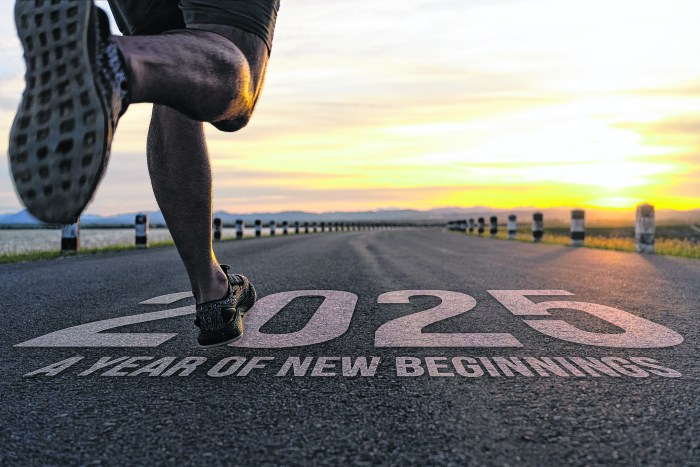Warm summer air and sunshine can be hard to resist, even when temperatures rise to potentially dangerous levels.
Sunburn may be the first thing that comes to mind when people think of spending too much time soaking up summer sun. But while sunburn is a significant health problem that can increase a person’s risk for skin cancer, it poses a less immediate threat than heatstroke, a well-known yet often misunderstood condition.
WHAT IS HEATSTROKE?
Johns Hopkins Medicine notes that heatstroke is a life-threatening emergency and the most severe form of heat illness that results from long, extreme exposure to the sun. During this exposure, a person’s built-in cooling system may fail to produce enough sweat to lower his or her body temperature, putting his or her life at risk as a result. Heatstroke develops rapidly and requires immediate medical treatment. If not treated immediately, it can prove fatal.
WHO’S AT RISK?
The elderly, infants, people whose occupations require them to work outdoors, and the mentally ill are among the people with an especially high risk of heatstroke. Obesity and poor circulation also increase a person’s risk of suffering heatstroke. Alcohol and certain types of medications also can make people more at risk for heatstroke.
SPOTTING SYMPTOMS
One person may experience heatstroke differently than another. In addition, because it develops so rapidly, heatstroke can be hard to identify before a person is in serious danger. Johns Hopkins Medicine notes that some of the more common heatstroke symptoms include headache, dizziness, disorientation, agitation or confusion, sluggishness or fatigue, seizure, hot, dry skin that is flushed but not sweaty, high body temperature, loss of consciousness, rapid heartbeat, and hallucinations.
IS IT PREVENTABLE?
The simplest way to prevent heatstroke is to avoid spending time outdoors in the sun on hot days. If you must go outdoors, do so when temperatures are mild and the sun is low, such as in the early morning or evening. In addition to being wise about when you spend time in the sun, you can do the following to prevent heatstroke.
- Drink plenty of fluids, avoid caffeinated beverages and alcohol.
- Wear lightweight, tightly woven, and loose-fitting clothing in light colors.
- Wear a hat and sunglasses, use an umbrella on especially hot days.
- Take frequent drinks during outdoor activities and mist yourself with a spray bottle.
Heatstroke is a serious threat on hot summer days. Because the condition can escalate rapidly, people must be especially cautious and mindful of their bodies when spending time outdoors in the summer.
-Metro Creative Connection
For more health and wellness coverage, visit longislandpress.com/category/better-you
































